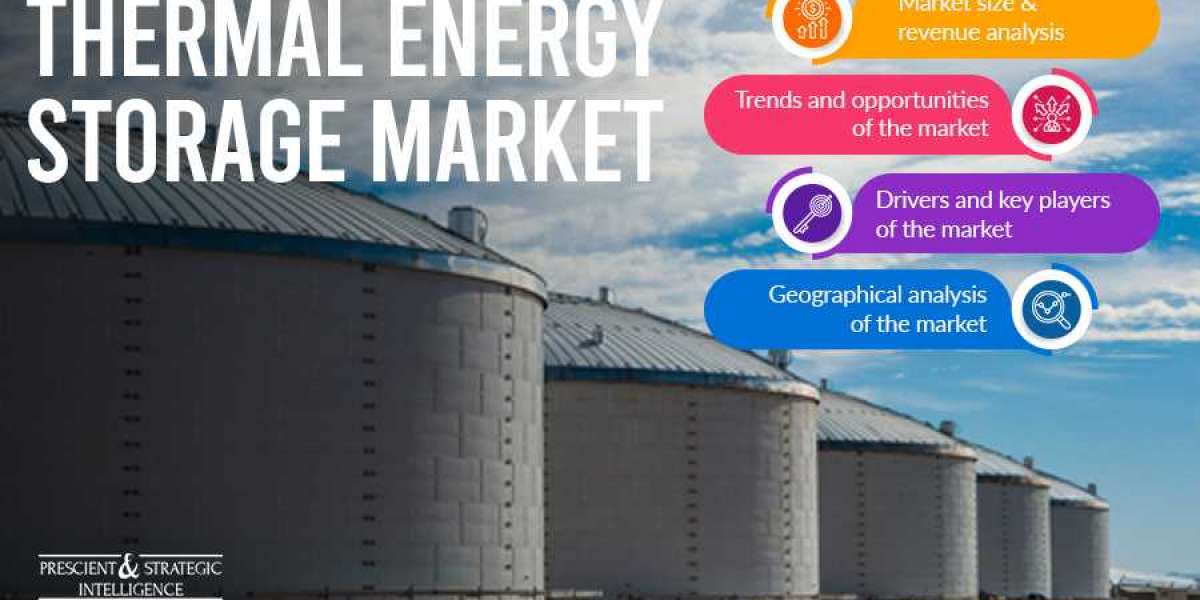It has been estimated that the primary energy consumption will increase by 48% in 2040, owing to the surging population and rapid industrialization and urbanization all across the globe. This is highly problematic when the swift decline of fossil fuels is taken into consideration. In addition to this, even if fossil fuels were enough to support the energy demand, their high consumption would cause unrepairable damage to the planet. Because of all these reasons, the focus has now been shifting towards renewable energy resources, including ocean waves, solar radiation, biogas, and wind, for quite some time now.
Get a sample copy of the market analysis: https://www.psmarketresearch.com/market-analysis/thermal-energy-storage-market/report-sample
Now, in order to make efficient usage of energy generated from renewable sources, the need for developing and utilizing sustainable methods of storing energy is also growing. Energy storage is an integral part of renewable energy technology systems. One of the such technologies is thermal energy storage, which stores thermal energy by cooling or heating a storage medium so that the energy can be utilized for different applications whenever needed. These systems enhance the overall efficiency, provide better reliability, cause less pollution, and results in better reduction in running costs and investments.
Because of all these reasons, the thermal energy storage market is expected to generate a revenue of $7,472.9 million by 2023, rising from $3,000.9 million in 2017, advancing at a 15.9% CAGR during the forecast period (2018–2023). The two major types of thermal energy storage are pumped heat electrical storage (PHES) and concentrated solar power (CSP). The demand for CSP was higher in the past, which can be ascribed to the increasing need for these systems for heating and cooling applications, growing focus towards generating electricity by making use of solar power projects, and high adoption of advanced CSO systems in countries including Morocco, the U.A.E., and Australia.
The two major applications of thermal energy storage systems are power generation and combined heating and cooling. The larger demand for these systems was created for combined heating and cooling applications in the past, as they are increasingly being adopted for district heating and cooling purposes. Among residential and commercial and industrial applications, thermal energy storage systems were utilized more for commercial and residential heating and cooling applications in the past. Different thermal energy storage systems are based on thermo-chemical, latent heat, and sensible heat applications. The demand in the past created for sensible heat storage technology.
This is because of the large-scale adoption of this technology, since it facilitates the discharging and charging of heat for an unlimited number of cycles in an energy storage system. Geographically, North America emerged as the largest thermal energy storage market in the past, which is particularly because of the wide deployment of CSP plants in the U.S. In addition to this, the surging requirement for power backup in heating, ventilation, and air conditioning systems has been resulting in the growing usage of thermal energy storage in the region.
In conclusion, the growing dependence on renewable energy resources and depletion of fossil fuels is leading to the rising demand for thermal energy storage systems.








